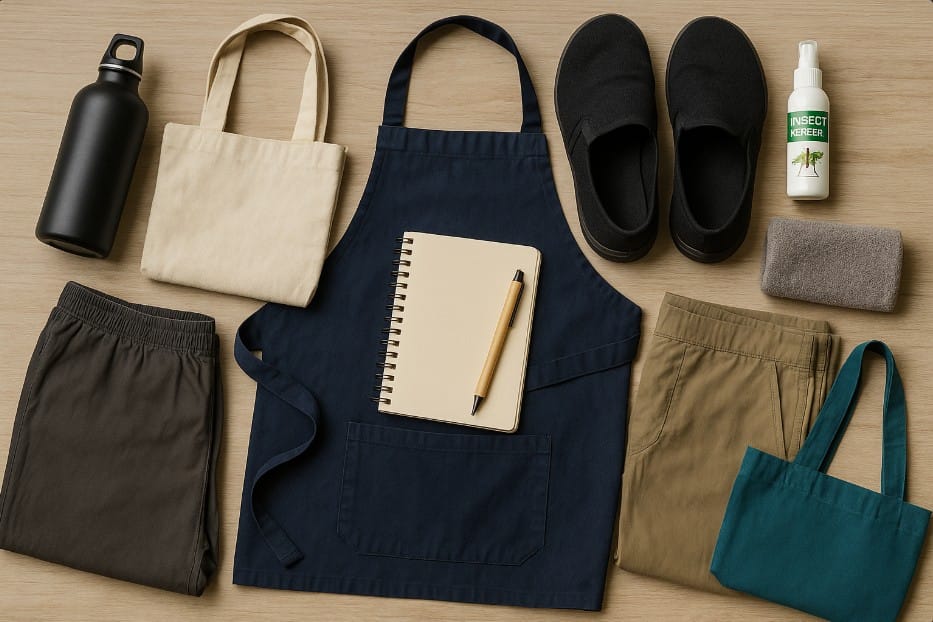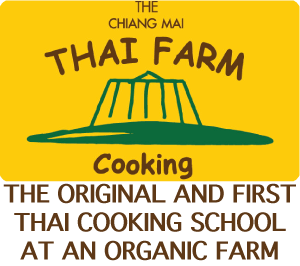
Taking a cooking class in Chiang Mai is a dream for many travelers with a love for Thai cuisine. From fiery curries to sweet mango sticky rice, the dishes you’ll learn to make in Northern Thailand’s culinary capital are bursting with flavor, culture, and tradition. But before you hop on a tuk-tuk to your cooking school, there’s one important thing to think about: what to pack for your Thai cooking adventure.
Chiang Mai kookcursus
Whether you’re planning a one-day workshop or a week-long immersive experience, smart packing will make your culinary journey more comfortable, enjoyable, and hassle-free. In this post, we’ll break down the essential items to bring for your cooking class in Chiang Mai — from the practical and the cultural to a few unexpected extras that can really enhance your trip.
1. Lightweight, Breathable Clothing
Thailand’s weather is tropical and humid — and Chiang Mai is no exception. Even during cooler months (November to February), daytime temperatures can be warm, especially when you’re near open flames or woks in an outdoor kitchen.
Pack lightweight and breathable clothes such as cotton t-shirts, linen tops, and flowy pants. Avoid synthetics, as they don’t breathe well in the heat. A pair of loose trousers or capri pants is ideal — they’re comfortable for both sitting during demonstrations and standing while cooking.
What to Avoid:
- Tight jeans or thick fabrics (you’ll overheat)
- Excessively short shorts or crop tops, especially if your class includes a market visit where modesty is appreciated
2. Closed-Toe Shoes or Sturdy Sandals
Cooking classes often take place in open-air kitchens or rural settings where the ground may be uneven or slippery. Closed-toe shoes offer protection from falling knives, splattering oil, or dropped ingredients.
If you prefer sandals, make sure they are sturdy, supportive, and have a good grip. Avoid flimsy flip-flops — they won’t provide enough protection or stability in the kitchen.
3. Reusable Water Bottle
Staying hydrated is key when you’re in a hot kitchen environment. While many schools provide water, having your own reusable bottle is more sustainable and convenient, especially if your class includes a visit to a local market or a walk through nearby farmland.
Look for bottles with insulation to keep water cool throughout the day. Bonus points if it has a built-in filter — perfect for travel in Thailand.
4. Insect Repellent (Especially Natural Options)
Some cooking schools are located in rural or garden areas, which means mosquitoes and other insects can be an issue — especially in the late afternoon. Pack a travel-sized insect repellent and consider one that’s DEET-free if you prefer natural alternatives.
If you’re particularly sensitive, you might also bring long sleeves or lightweight scarves for coverage during non-cooking parts of your experience.
5. Notebook and Pen (or Digital Notes App)
While many instructors provide recipe printouts, nothing beats jotting down your own notes — especially tips, ingredient substitutes, or personal tweaks you want to try back home.
If you’re more digital, a notes app on your phone will do, but be respectful about screen usage in class — some chefs prefer a screen-free environment to maintain focus.
6. Small Towel or Handkerchief
When things heat up (literally), a small towel is great for wiping your brow or drying your hands quickly. Thai cooking can be fast-paced and messy — especially when stir-frying or grinding pastes.
Bring a small microfiber or cotton towel and keep it in your day bag for easy access.
7. Eco-Friendly Shopping Bag
Many Chiang mai kookcursus programs include a visit to the local market to pick up fresh herbs, vegetables, and spices. While plastic bags are often used in Thai markets, bringing your own reusable shopping bag is a great way to reduce waste and support sustainable travel.
Foldable cloth bags are lightweight and can double as souvenir carriers for the rest of your trip.
8. Extra Room in Your Luggage (For Souvenirs & Spices!)
Trust us — you’ll want to bring home more than memories. Many students end up purchasing Thai curry pastes, spice mixes, cooking tools like coconut graters, or even a handmade apron from their school.
Make sure you leave space in your suitcase for these take-home treasures. Zip-lock bags and packing cubes can help you keep spices airtight and organized for the journey home.
9. Respectful Attitude and Cultural Curiosity
Although not something you can pack in a backpack, your mindset is one of the most important things to bring. Thai cooking is steeped in culture, tradition, and local pride. Many instructors are eager to share not just their recipes but also stories passed down through generations.
Come with curiosity, respect, and a willingness to get your hands dirty. It’s not just a class — it’s a chance to step into a culture and experience Thai hospitality firsthand.
10. Bonus: A Travel Apron (Optional but Fun)
While most schools provide aprons, if you’re a foodie traveler who likes to be prepared, packing your own lightweight, easy-to-wash apron can be a fun addition. It’s also a conversation starter and a great way to keep your clothes clean when cooking at impromptu spots or food festivals.
Joining a Chiang mai kookcursus is more than just learning to cook — it’s an immersive cultural journey that engages all the senses. From the sizzle of garlic in a hot wok to the scent of lemongrass at the morning market, every moment is a memory in the making.
By packing thoughtfully and coming prepared, you’ll not only feel more comfortable but also get the most out of your cooking adventure. Who knows — the skills you learn may just transform the way you cook for years to come.
So roll up your sleeves, sharpen your knives (figuratively), and get ready for a delicious deep dive into Thai cuisine!
